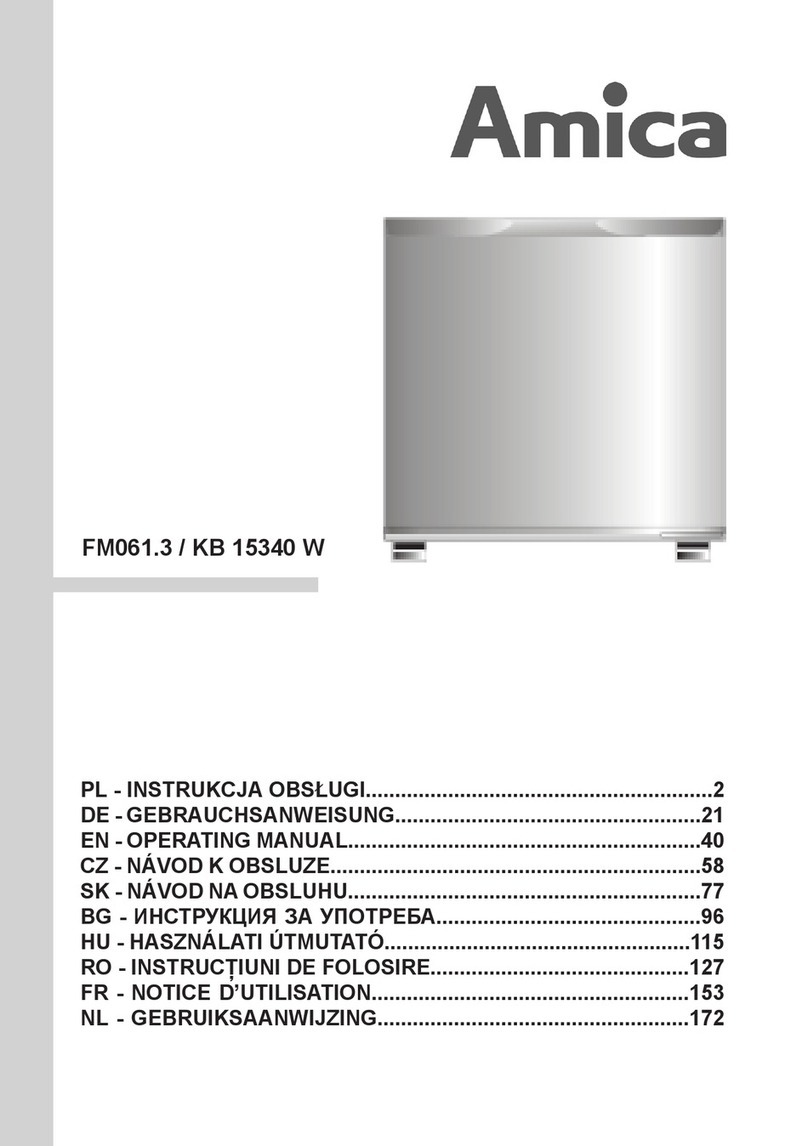Amica FK3023F Installation and operating instructions
Other Amica Refrigerator manuals
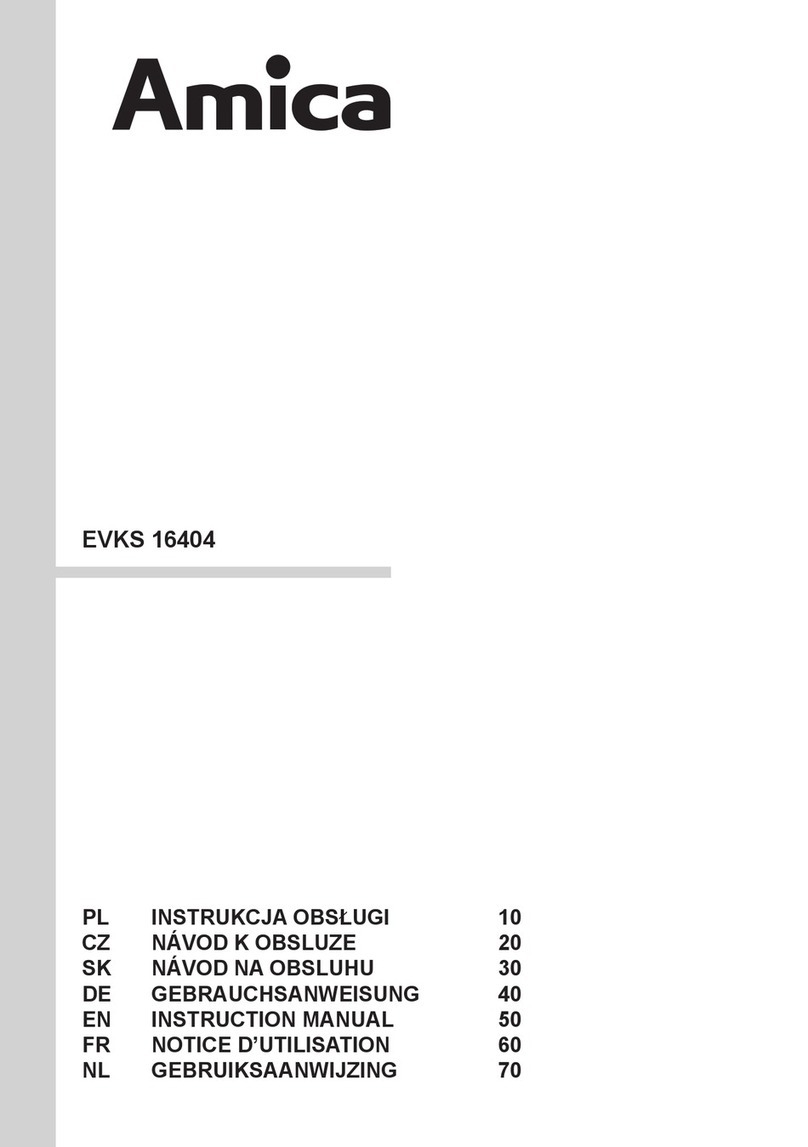
Amica
Amica EVKS 16404 User manual
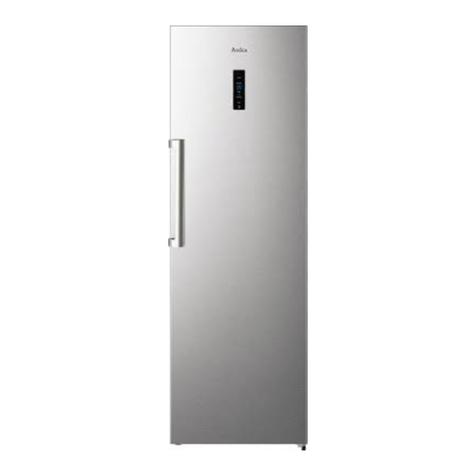
Amica
Amica VKS 358 150 E User manual
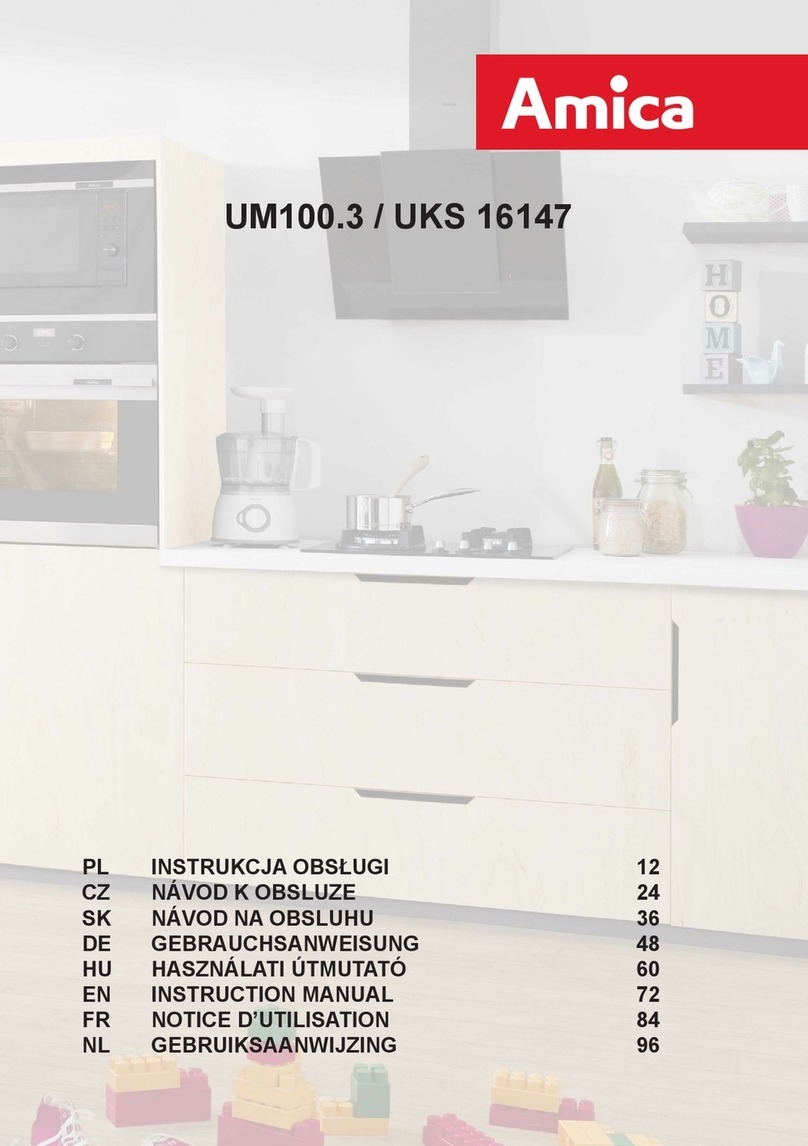
Amica
Amica UM100.3 User manual
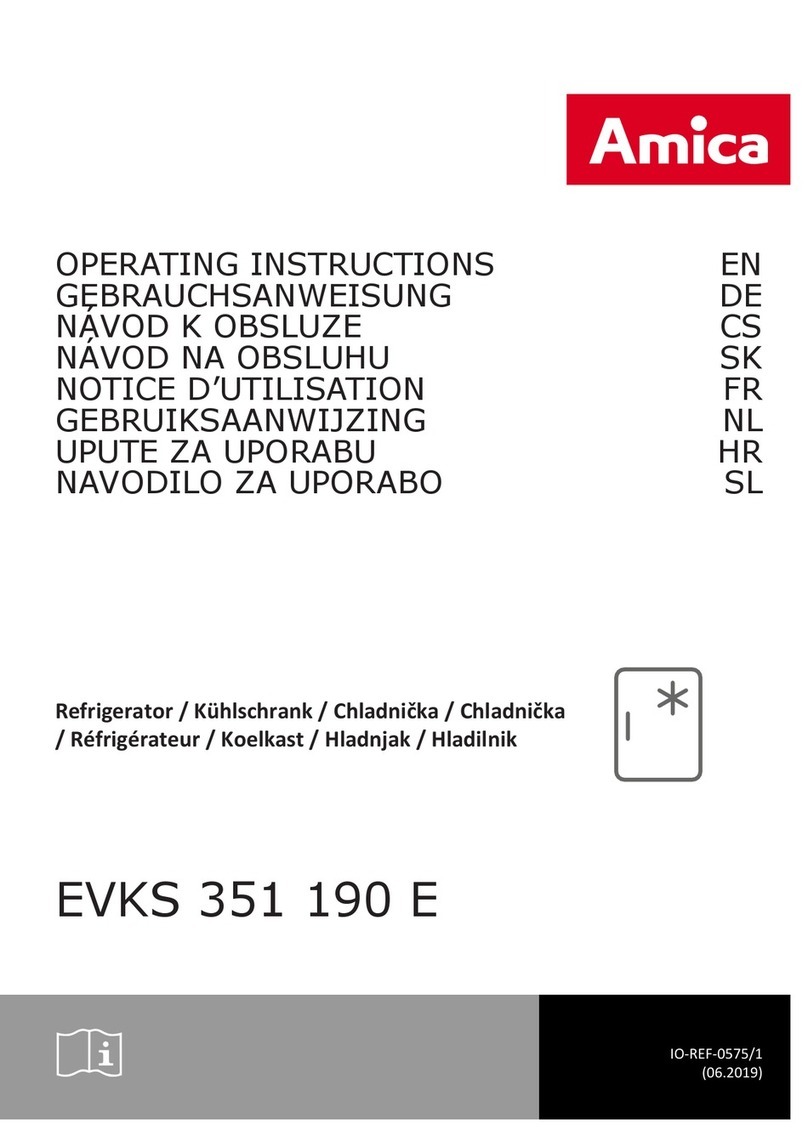
Amica
Amica EVKS 351 190 E User manual
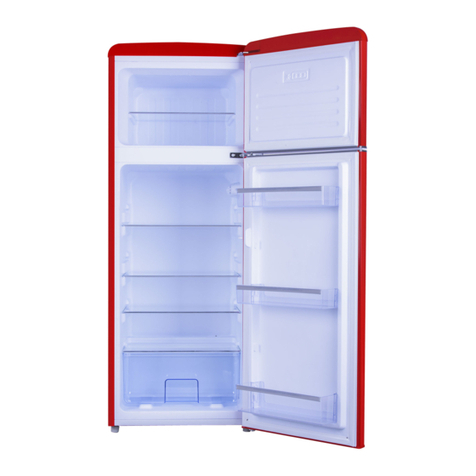
Amica
Amica VD 1442 AR User manual
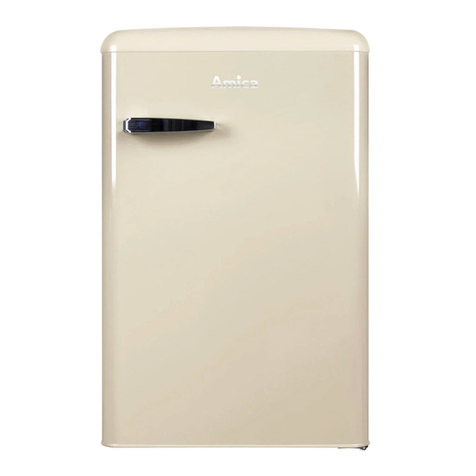
Amica
Amica AR1112C User manual

Amica
Amica EVKSS 352 220 User manual

Amica
Amica KGCL 388 120 E User manual
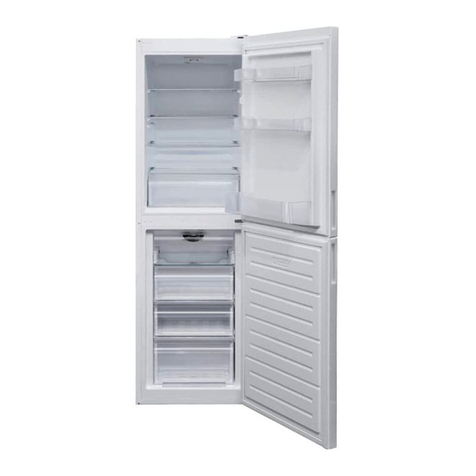
Amica
Amica FK3023 Installation and operating instructions
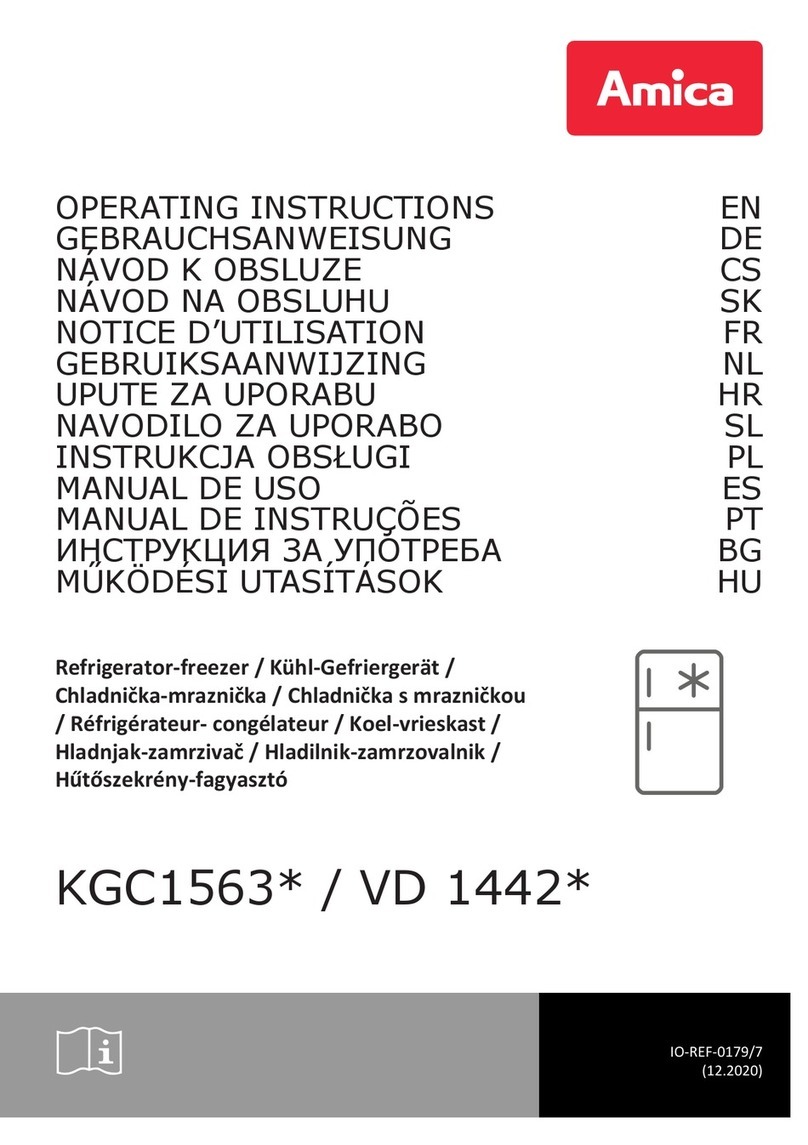
Amica
Amica KGC1563 Series User manual
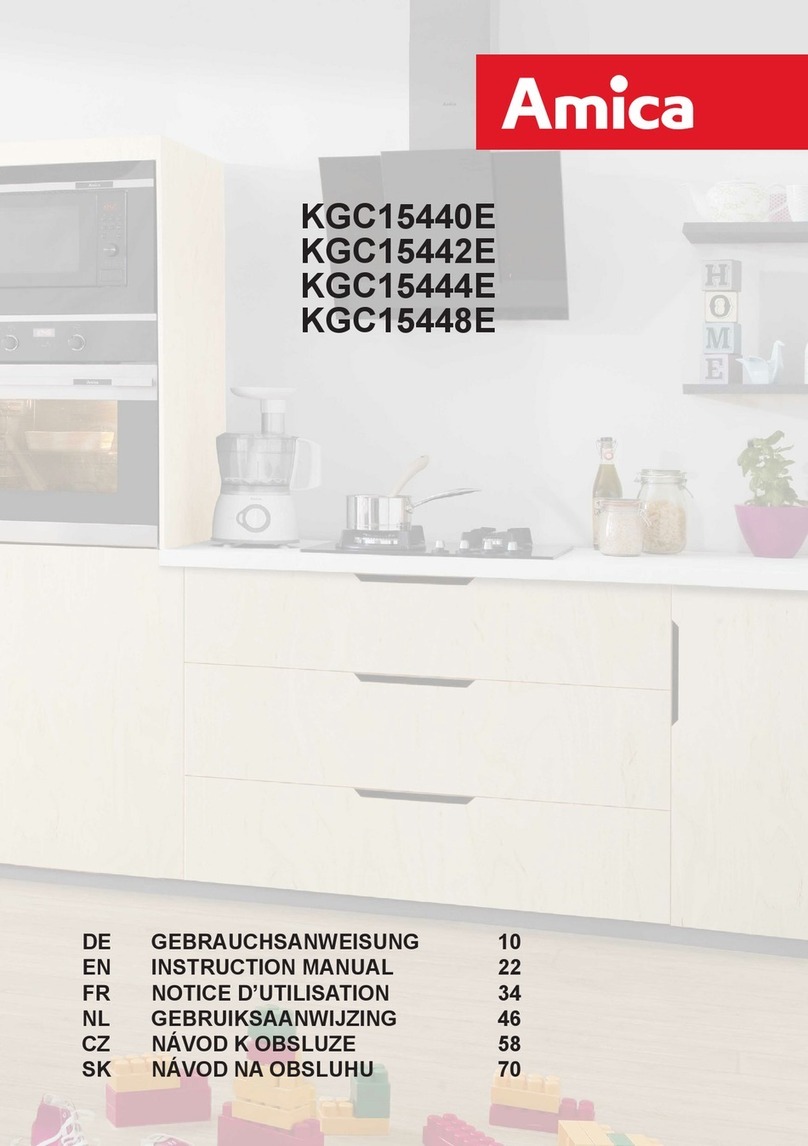
Amica
Amica KGC15440E User manual

Amica
Amica UM130.3 User manual
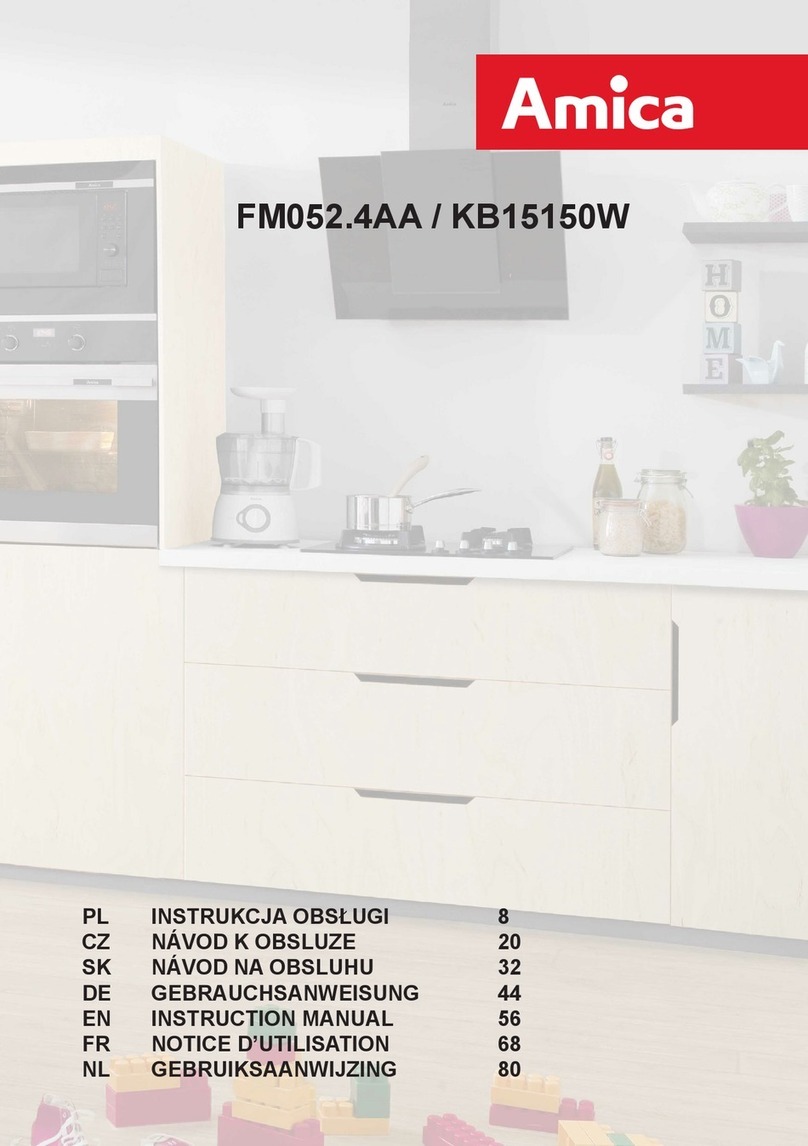
Amica
Amica KB15150W User manual
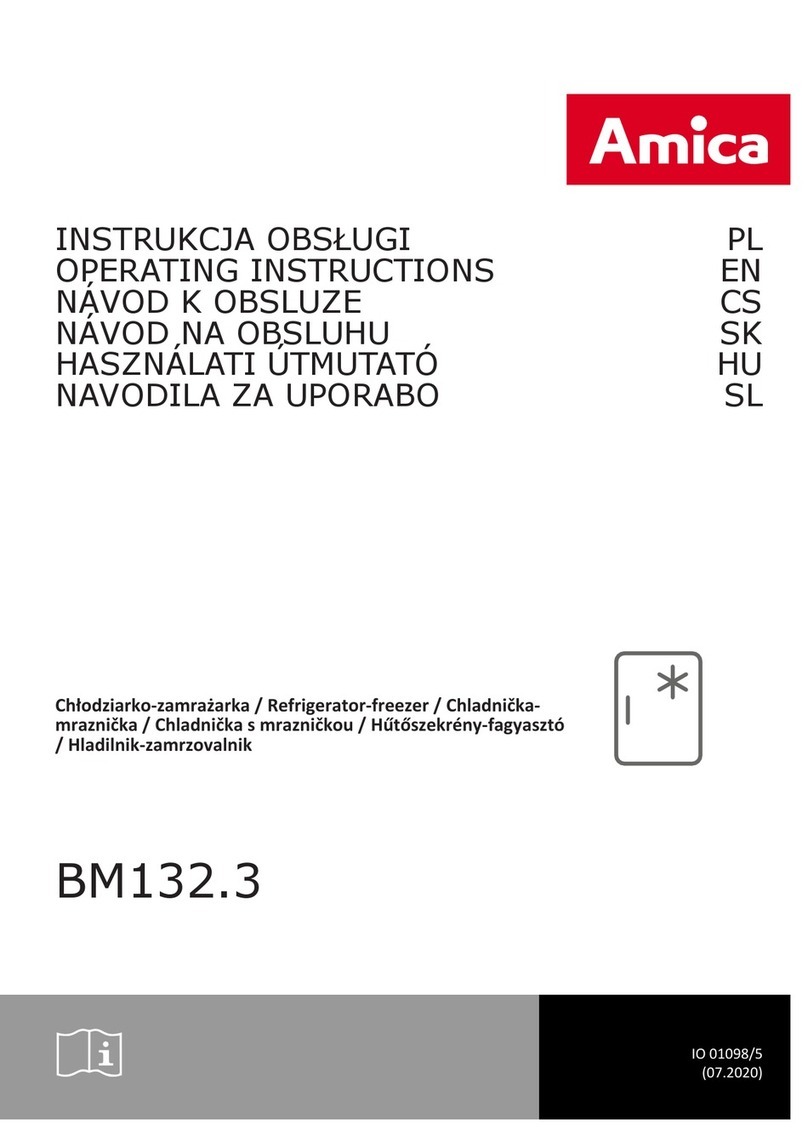
Amica
Amica BM132.3 User manual

Amica
Amica FK2515.4UTAA User manual
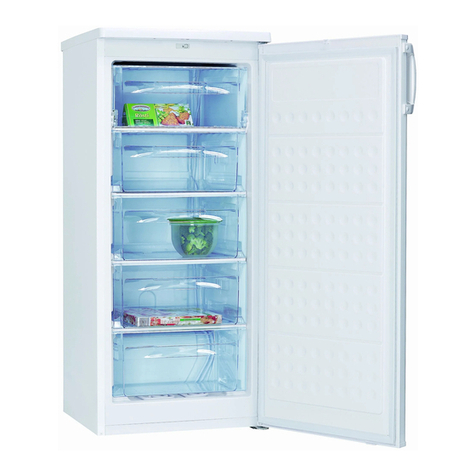
Amica
Amica GS15470W User manual
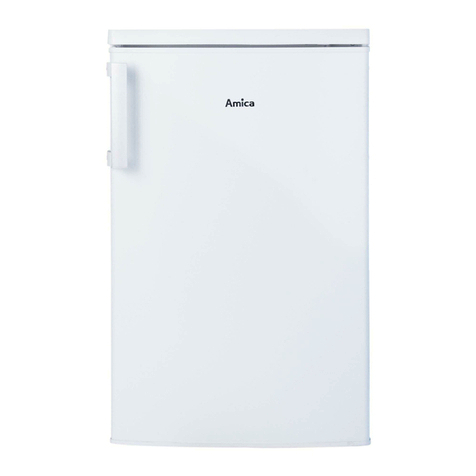
Amica
Amica FM136.3 User manual
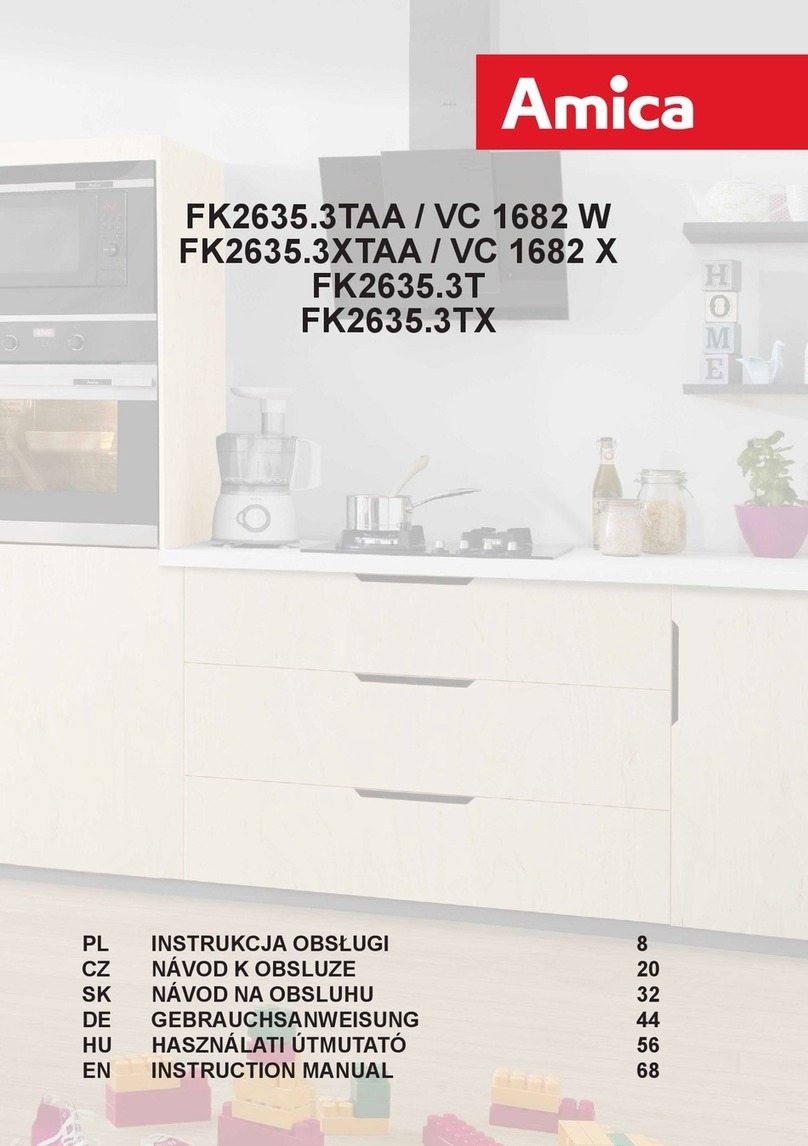
Amica
Amica FK2635.3TAA User manual
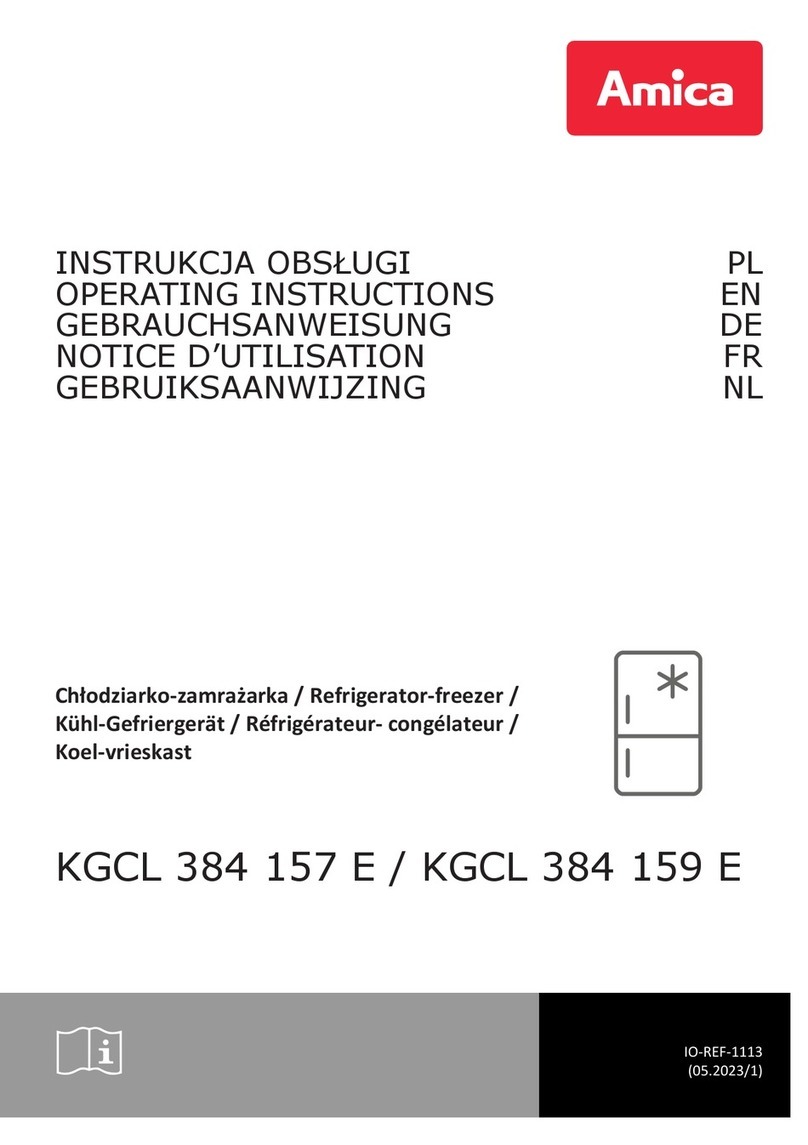
Amica
Amica KGCL 384 157 E User manual
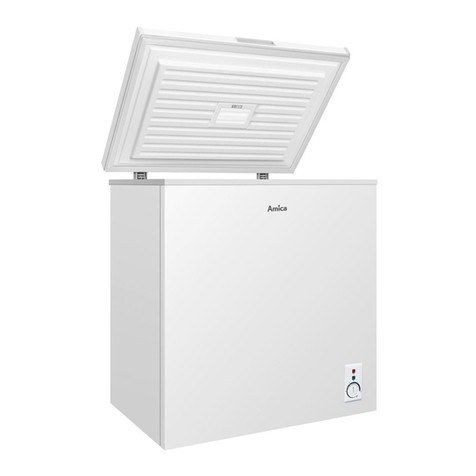
Amica
Amica FS150.3 User manual
